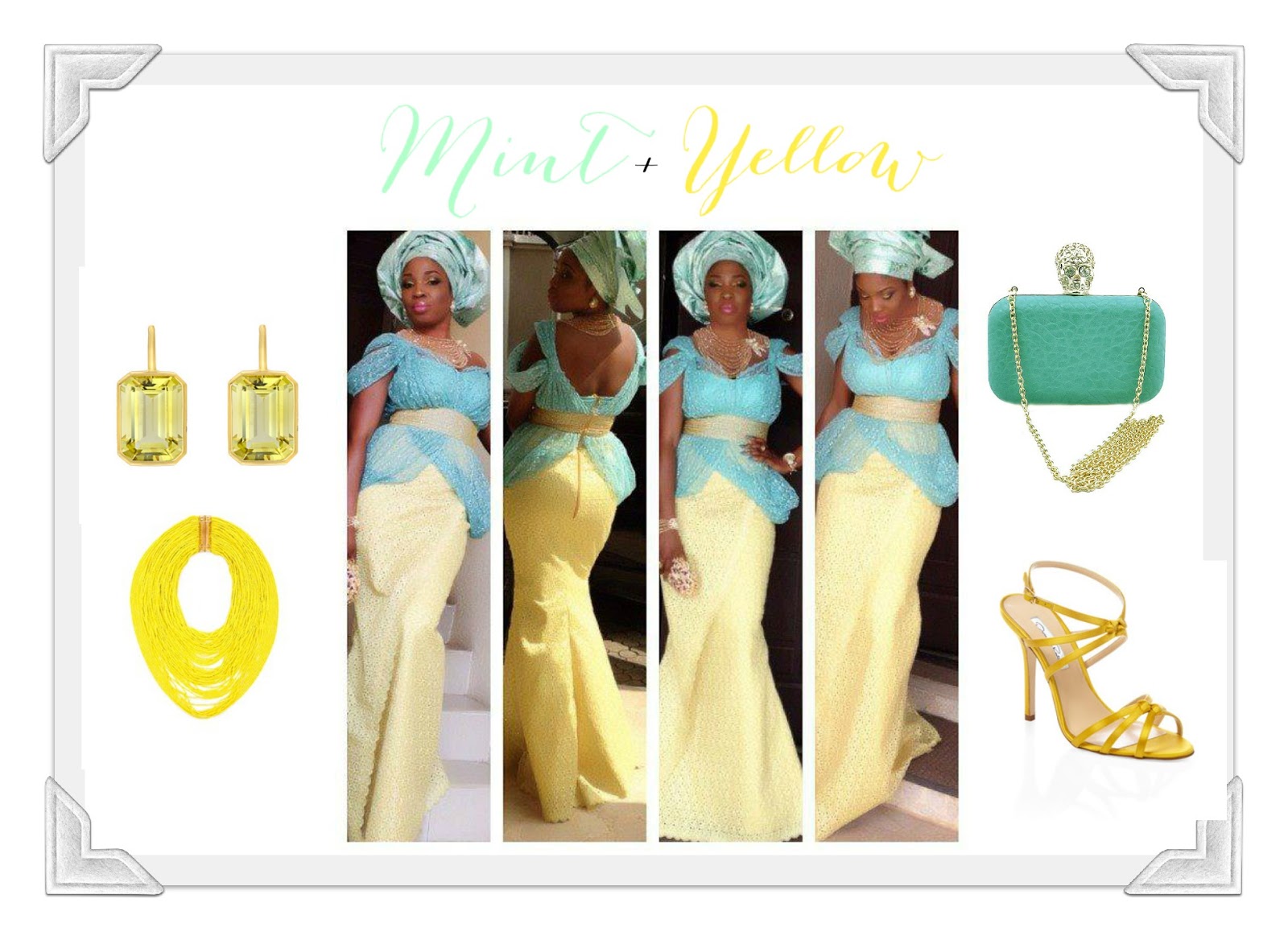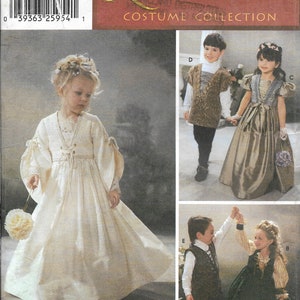

The potential bride being wooed by the hapless Nastagio has been invited to a banquet, where she bears witness to a spectral reluctant bride pursued to the death by her spurned lover-a knight-and his dogs. In his spalliera painting The Banquet in the Pinewoods, one of four grand panels for a wedding chamber based on Giovanni Boccaccio’s dark moralizing tale, in The Decameron, of Nastagio degli Onesti, Botticelli illustrated a feast gone awry.
#Medieval wedding dresses how to
Contemporary handbooks provide specific instructions on wedding planning and menus, such as Domenico Romoli’s 1560 Singolare dottrina, which contains a section instructing the steward on how to lay the tables with embroidered tablecloths.

The humanist Filippo Beroaldo reported that the 1487 wedding of Lucrezia d’Este and Giovanni Bentivoglio in Bologna featured giant sugar sculptures of castles, ships, people, and animals, and a flaming wheel of fireworks that accidentally ignited some of the wedding guests. When Eleanor of Aragon arrived in Ferrara in 1473 for her multiday wedding, she was greeted by a parade of allegorical floats, followed on subsequent days by a fifty-six-course feast, and dances and jousts, during which sugar sculptures were displayed. Wedding feasts were among the most lavish of meals, featuring entertainment as well as many courses of specialty foods for both eating and beholding. Other descriptions of entire cities being transformed into stage sets for the performances of great court weddings tantalize the imagination, yet little visual evidence remains. The arch was to be all covered with figures and scenes, in addition to the statues by the hand of Tribolo.” Vasari catalogues the allegorical figures on this arch as well as the decorations in the Medici palace, in the Piazza San Marco, and the scenery for theatrical events staged during the wedding festivities. In his account of the life of the versatile designer Il Tribolo, Vasari describes the 1539 wedding, in Florence, of Cosimo I de’ Medici and Eleonora di Toledo: “Tribolo was given the charge of constructing a triumphal arch at the Porta al Prato, through which the bride, coming from Poggio, was to enter which arch he made a thing of beauty, very ornate with columns, pilasters, architraves, great cornices, and pediments. The idea of the wedding as a triumph is reflected in the imagery on cassoni (marriage chests) panels such as Apollonio di Giovanni’s Triumph of Scipio Africanus, known in several versions.ĭescriptions of fabulous scenery and floats for the great Medici weddings of the sixteenth century are well known through Giorgio Vasari’s Lives and other sources. Wedding processions were often compared to ancient triumphal processions. The bridal procession might even face dangers from hostile mobs or individuals, as suggested by a Florentine statute from 1415, which forbade the throwing of stones or garbage at the home of the couple. Marriages, which were also mergers, were potentially explosive moments, and lavish festivities may have diffused some of the tensions that might arise between families over dowry arrangements and other touchy subjects. Wedding processions became more elaborate during the Renaissance period.

Like the many gifts exchanged before and after the ceremony, the bride herself was an object handed from one owner to another. The ritual actions of the father handing the daughter to the husband, expressed in the Latin phrase tradere filiam suam (to hand over his daughter), and of the husband taking the woman into his house, uxorem ducere (to lead a woman), were the essence of the ceremony. The wedding procession was the most public part of the marriage, and provided an opportunity for the entire community to share in the celebration and thus ratify the marriage. The humanist writers of the wedding poems generally shared the “family values” expressed by Leon Battista Alberti and others who extolled the civic virtues of marriage.
#Medieval wedding dresses full
Wedding poems, called epithalamia, are full of references to the purpose of marriage: to perpetuate the civic and political institutions that maintain a stable society. Beginning in the fifteenth century, the ancient Roman practice of declaiming custom-written poems celebrating the union was revived. Wedding celebrations could go on for several days, involving a succession of parades, processions, spectacles, performances, games, and meals. Many official descriptions of weddings between wealthy or important people survive.


 0 kommentar(er)
0 kommentar(er)
